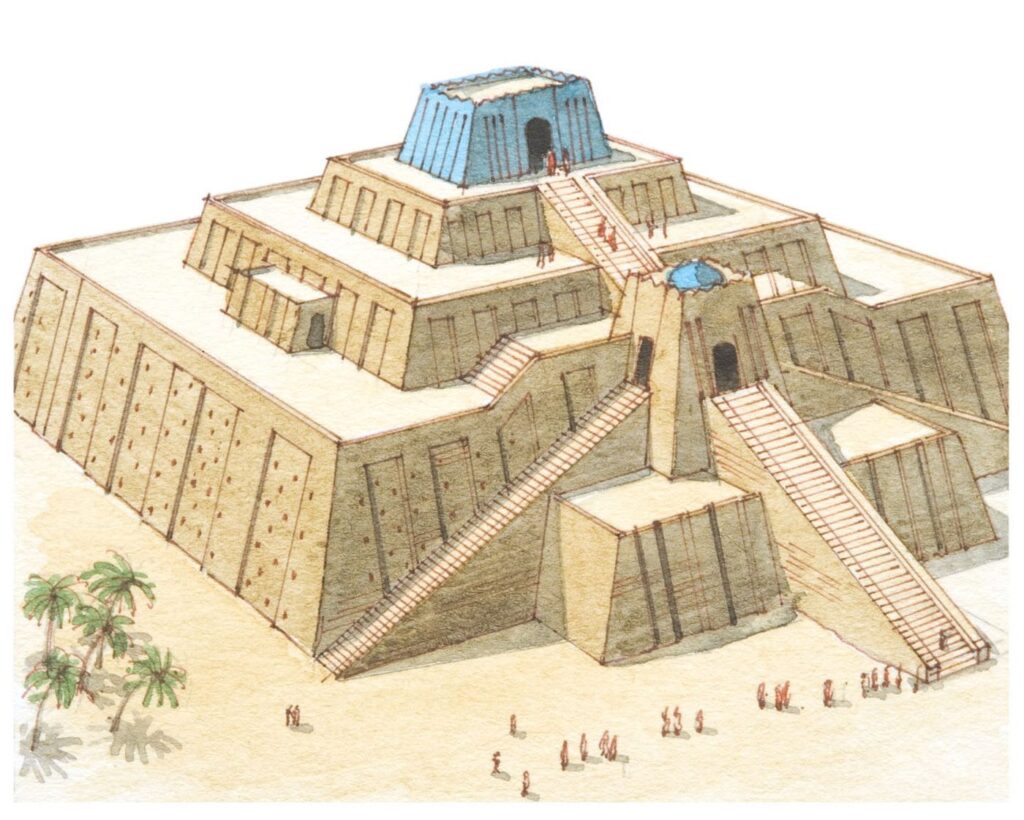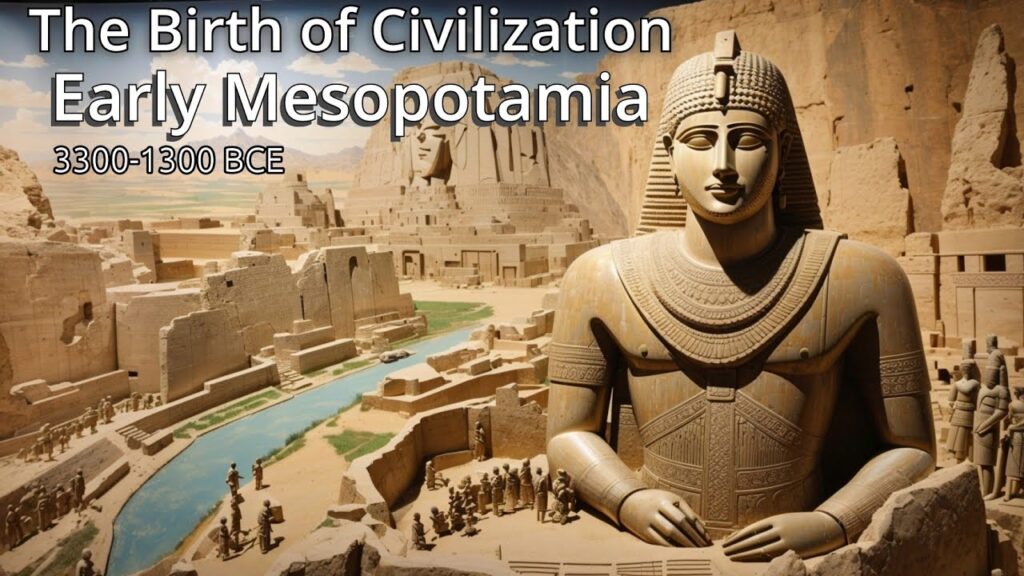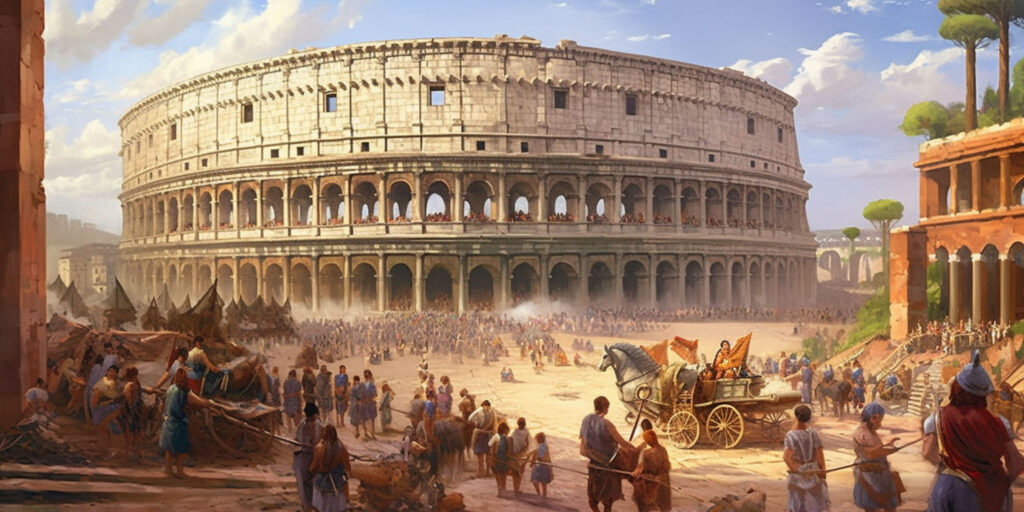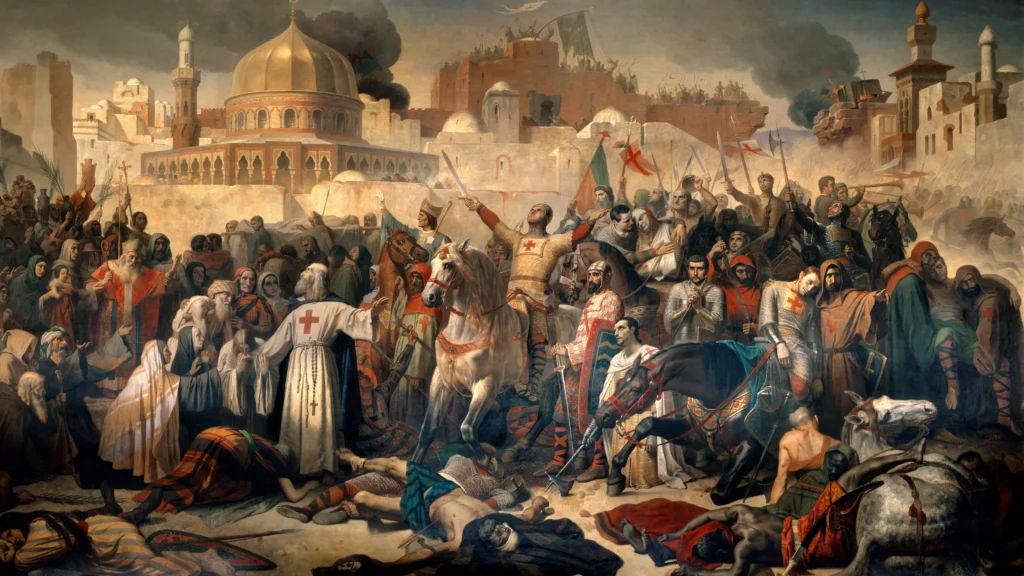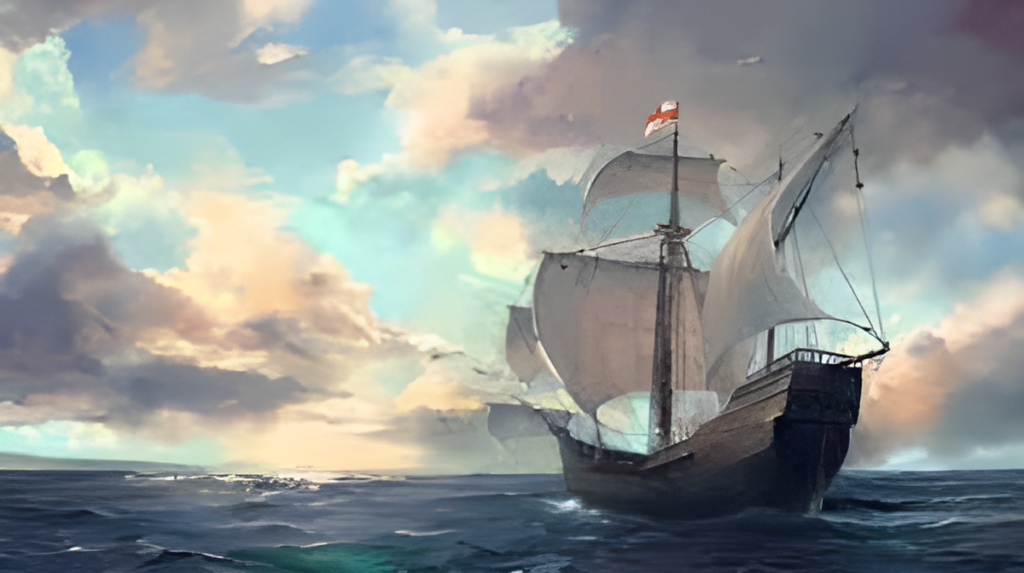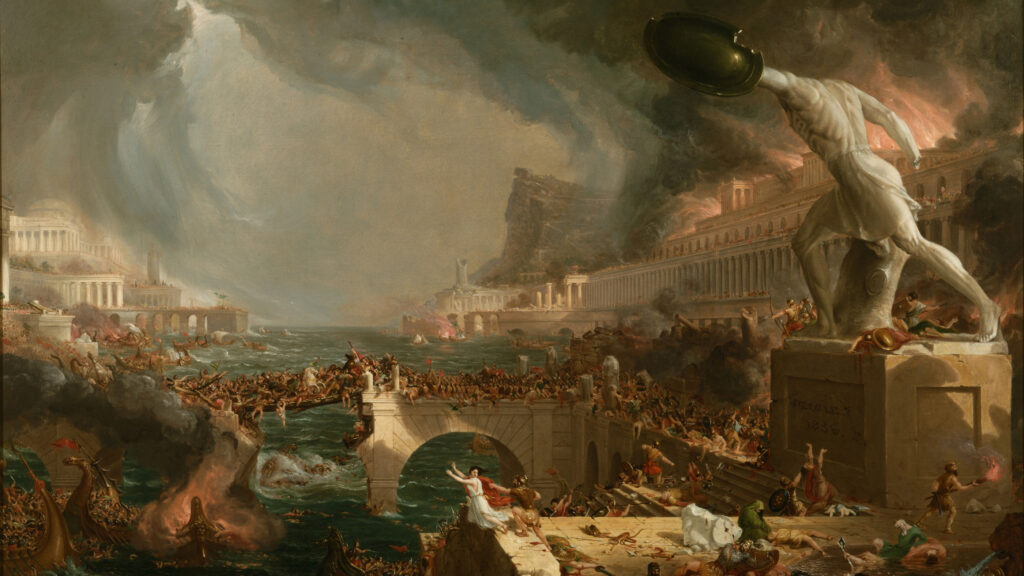
The Fall of Rome: A Comprehensive Overview
Introduction
The Fall of Rome is one of the most significant events in world history, marking the transition from the ancient world to the medieval era. The decline and eventual collapse of the Roman Empire were the results of a complex interplay of internal weaknesses and external pressures. This article provides a detailed exploration of the factors that contributed to the fall of Rome, the key events that marked its decline, and the legacy left by the Roman Empire.
The Roman Empire at Its Height
Geographic Extent
At its zenith in the 2nd century CE, the Roman Empire spanned three continents, covering territories from Britain in the northwest to Egypt in the southeast, and from the Iberian Peninsula in the west to the Mesopotamian frontier in the east. This vast expanse facilitated the spread of Roman culture, law, and infrastructure.
Political and Military Strength
The Roman Empire was characterized by a strong central government and a professional standing army. The Pax Romana, or Roman Peace, was a period of relative stability and prosperity that lasted for about 200 years, beginning with the reign of Augustus (27 BCE – 14 CE).
Causes of the Fall
Economic Decline
Inflation and Devaluation: One of the primary economic issues was rampant inflation. As the empire expanded, the cost of maintaining the military and administrative apparatus increased. The emperors resorted to devaluing the currency, which led to inflation and a decrease in the value of Roman money.
Taxation and Corruption: High taxes were imposed to fund the military and public projects. However, widespread corruption and inefficient tax collection systems meant that the tax burden fell heavily on the lower classes, leading to economic strain and social unrest.
Political Instability
Leadership Crisis: The Roman Empire suffered from a lack of stable leadership. Between 235 and 284 CE, known as the Crisis of the Third Century, Rome experienced over 20 emperors in rapid succession, many of whom were assassinated or overthrown. This period of political instability weakened the central authority.
Division of the Empire: In an attempt to manage the vast empire more effectively, Emperor Diocletian (284-305 CE) divided it into the Eastern and Western Roman Empires. While this temporarily stabilized the empire, it also created administrative and military inefficiencies.
Military Challenges
Barbarian Invasions: The Roman Empire faced continuous pressure from various barbarian tribes along its borders, including the Goths, Vandals, Huns, and Franks. The increasing frequency and severity of these invasions strained the Roman military.
Internal Conflicts: The Roman legions, once the backbone of Roman military power, became involved in internal power struggles. This diverted resources from defending the empire’s borders and contributed to military weakening.
Social and Cultural Decline
Decline in Civic Virtue: The traditional Roman values of duty, discipline, and loyalty began to erode. The civic pride that had once motivated citizens to contribute to the common good weakened, leading to social fragmentation.
Christianity and Religious Change: The rise of Christianity brought significant changes to Roman society. While initially persecuted, Christianity eventually became the state religion under Emperor Constantine in the early 4th century. This shift in religious focus sometimes created tensions with traditional Roman religious practices and institutions.
Key Events in the Fall of Rome
The Crisis of the Third Century (235-284 CE)
This period of chaos and instability was marked by economic troubles, military defeats, and rapid changes in leadership. The empire nearly collapsed under the weight of internal and external pressures.
The Reforms of Diocletian and Constantine
Diocletian’s Reforms: Emperor Diocletian implemented significant reforms to stabilize the empire, including dividing it into the Eastern and Western Roman Empires, increasing the size of the army, and instituting economic controls.
Constantine’s Reforms: Emperor Constantine further stabilized the empire, notably through the establishment of Constantinople (modern-day Istanbul) as the new capital of the Eastern Roman Empire. He also legalized Christianity with the Edict of Milan in 313 CE, paving the way for its spread throughout the empire.
The Sack of Rome (410 CE)
The Visigoths, led by King Alaric, sacked Rome in 410 CE. This event was a profound psychological blow to the Roman Empire and is often cited as a significant milestone in its decline.
The Division and Fall of the Western Roman Empire
The Division: The final division of the empire occurred in 395 CE upon the death of Emperor Theodosius I, permanently separating the Eastern and Western Roman Empires.
The Fall: The Western Roman Empire continued to weaken under the pressure of internal decay and external invasions. In 476 CE, the last Roman emperor of the west, Romulus Augustulus, was deposed by the Germanic chieftain Odoacer. This event is traditionally considered the end of the Western Roman Empire.
The Eastern Roman Empire (Byzantine Empire)
Continuation of Roman Legacy
While the Western Roman Empire fell, the Eastern Roman Empire, known as the Byzantine Empire, continued to thrive for nearly a thousand years. Centered in Constantinople, the Byzantine Empire preserved Roman law, culture, and administrative systems.
Significant Emperors and Events
Justinian I: One of the most notable Byzantine emperors, Justinian I (527-565 CE), attempted to reconquer the western territories and codified Roman law in the Corpus Juris Civilis, which influenced legal systems for centuries.
The Fall of Constantinople: The Byzantine Empire eventually fell to the Ottoman Turks in 1453 CE, marking the end of the last remnant of the Roman Empire.
The Legacy of the Roman Empire
Contributions to Law and Governance
Roman law and governance have had a lasting impact on Western civilization. The development of the Roman legal system, including concepts like innocent until proven guilty and the right to a fair trial, continues to influence modern legal frameworks.
Language and Literature
Latin, the language of the Romans, is the root of the Romance languages (Italian, French, Spanish, Portuguese, and Romanian) and has significantly influenced English vocabulary. Roman literature, including the works of Virgil, Ovid, and Cicero, remains central to the study of classical literature.
Engineering and Architecture
Roman engineering and architecture set enduring standards for infrastructure and building techniques. The construction of roads, aqueducts, and monumental buildings such as the Colosseum and Pantheon exemplifies Roman ingenuity. These achievements have inspired subsequent architectural styles and engineering practices.
Cultural and Religious Influence
The spread of Christianity, which became the state religion of the Roman Empire, profoundly shaped the religious landscape of Europe and beyond. Roman cultural practices, art, and philosophy have continued to influence Western thought and aesthetics.
Conclusion
The fall of Rome was a complex process involving a combination of internal weaknesses and external pressures. Economic decline, political instability, military challenges, and social changes all played a role in the gradual collapse of the Western Roman Empire. Despite its fall, the legacy of Rome endures in many aspects of modern Western civilization, including law, language, engineering, and culture. The story of Rome’s rise and fall remains a powerful testament to the capabilities and vulnerabilities of human societies.


